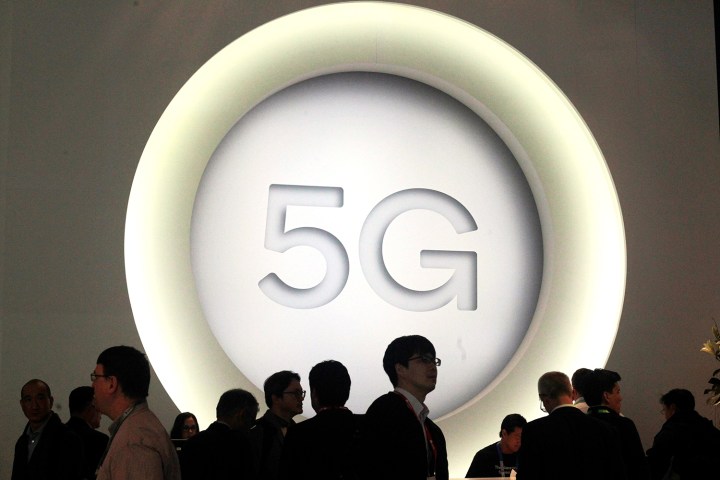
China has launched its commercial 5G services, with its three major carriers all offering monthly fees to people wanting to try out the new high-speed network, and the prices are close to what has previously been charged for 4G connections. China Mobile, China Unicom, and China Telecom’s plans start for as little as $18 for 30GB of data, up to about $85 for 300GB.
These prices are extremely competitive when compared to 5G plans internationally, which is largely to be expected. In the U.S., Sprint’s 5G plans start at $80 with unlimited data, while in the U.K., EE’s SIM-only 5G plan is around $42. What’s the coverage like? According to the Chinese government, 50 cities nationwide have 5G connectivity, including Beijing and Shanghai. At least nine million people had signed up for 5G ahead of the launch, and it’s estimated 110 million people will be using
China’s 5G network has more than 86,000
The launch is slightly earlier than expected. Previously, when tests and low-key rollouts occurred in the middle of the year, the intention was for a full commercial launch to take place in early 2020. Trade war tensions between the U.S. and China, along with the ongoing Huawei ban, are likely to have contributed to moving the launch forward. China’s 5G network uses the Sub-6GHz technology rather than millimeter wave, unlike the U.S., but more in line with the U.K. and Europe.
There are various 5G smartphones already available, too, from brands including Huawei, Vivo, Samsung, and Xiaomi. Recently, Xiaomi said it would launch 10 new 5G connected smartphones over the next year, at a broad range of prices, as it predicted a downturn in the sales of 4G devices.
Editors' Recommendations
- Visible’s affordable 5G plans just got even cheaper
- 5G home internet: What is it, and should you get it?
- Visible just made its unlimited 5G plan better than ever
- How fast is 5G? What you need to know about 5G speeds
- Have T-Mobile? Your 5G service is about to get much faster




